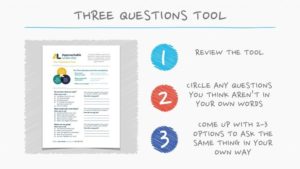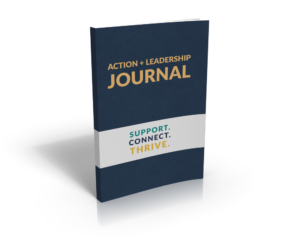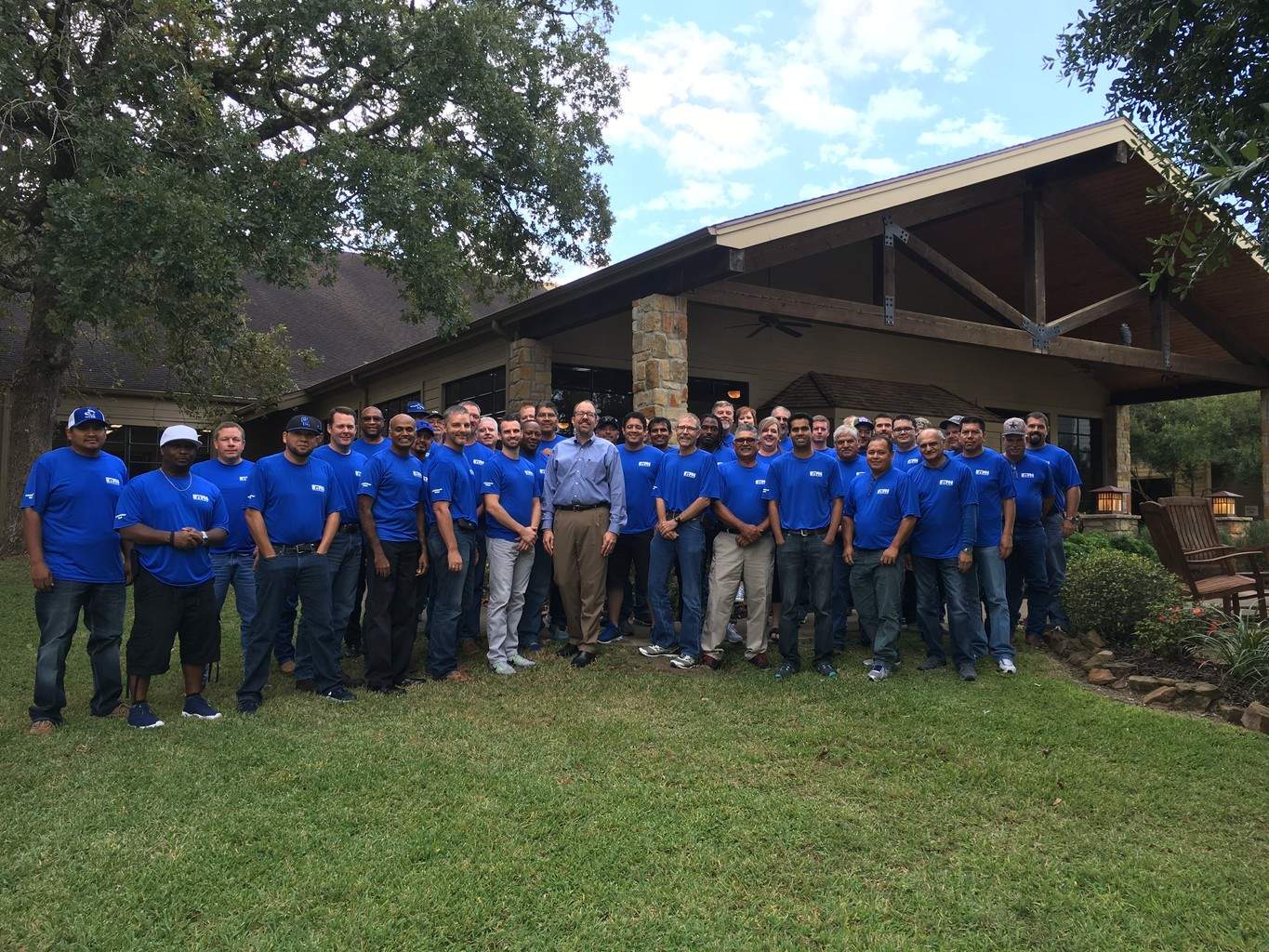
New Year, Same Resolutions: 3 Questions to Ask Yourself
New Year, Same Resolutions: 3 Questions to Ask Yourself
The New Year showed up again.
If your office is anything like mine, that means a lot of talk about resolutions and a “better me.” Personally, I love this time of year. It encourages people to reexamine their lives, their actions, their work ethic, their discipline and their dreams.
I use this time to revisit my life plan and my goals. I reflect on what I accomplished and recommit to working harder on the things I didn’t. For me, and for many others, these “resolutions” (if you want to call them that) tend to cover the same areas year after year. Mine are things like:
- Make better decisions for my health. Like eating Paleo, doing my morning reading on my exercise bike (instead of sitting at the kitchen table), and drinking more water.
- Find a way to stay involved with my daughter and her friends. For the past couple years, it’s been by coaching her debate team.
- Make sure I prioritize dates with my amazing wife. Anyone who owns a business or travels a lot can feel me on this one. Although, this is a good resolution for most people and their spouses regardless of their situation.
- ALWAYS, ALWAYS, ALWAYS work on practicing what I preach – that is, Approachable Leadership. Get to know my team better. Show gratitude. Be warm, open, and available.
And then, of course, there’s this one other thing.
For me, it’s the glue that keeps my other resolutions on track: to hike. Let me explain.
That same reexamining and recommitment that everyone does around the New Year happens to me whenever I hike. I have a sign on my wall that is a constant reminder. It reads, “Solvitur Ambulando,” which is Latin for, “It is solved by walking.”
The problem is, I don’t make it happen near as often as I should. It seems that’s the way with these kinds of resolutions, right?
We recognize that this one thing is the thing we need to make happen. Because, for lack of a better phrase, it’s the keystone. Then before you know it, everything else seems so much more important. And that one thing falls by the wayside.
What is your one thing?
Last year I resolved to finish my quest to complete the Ozark Highlands Trail (or OHT). If you’re into hiking or absolutely stunning scenery and you haven’t been to northwest Arkansas, GO. You won’t regret it.
I get so motivated and focused after a day on the trail. Not that there aren’t distractions in the woods. I’ve encountered everything from bears and rattlesnakes to the most beautiful sunsets and vistas I’ve seen anywhere. But these are much different distractions from my usual day-to-day phone calls, emails, and texts. The OHT pushes your physical and mental toughness at the same time it’s stretching your soul.
Whenever I can make it happen – which isn’t often enough – I like to hike with good friends like Greg Kittinger and Mike McBride. My wife and daughter also join me and last year’s hike they even joined me for a leg on the OHT. Unfortunately, I only made it out to the OHT one weekend last year. This year I resolve to do much better.
For those of you that have done any work with our firm, you probably recognize Greg. He heads up our Business Development and is a key part of the developing and deploying our Approachable Leadership content. Greg is a lifelong learner and on the Board of our local Association for Talent Development chapter.
When I think about resolutions or hiking the OHT, I can’t help but think about 3 questions Greg texted me from a recent ATD conference. The 3 questions are:
- Where do you want to go?
- What are you currently carrying that is not needed or harmful?
- What do you need for the journey?
These are powerful questions. When you are heading into the woods these questions can mean the difference between a great day and a horrible one. Do you have enough water? How about something to eat? Maps? The right clothes? And taking too much on your journey can be just as bad as not enough. The pack gets heavier the longer you have to carry it.
What do you need for your own journey? As you think about your goals for this year, ask yourself these three questions. Whether you are setting a personal, professional or leadership goal, you could do a heck of a lot worse than starting with these questions.
Now how can you apply these three questions to your leadership?
One of the important lessons we teach in our workshop is that your team members usually don’t want you to fix their problems. But most leaders can’t help themselves. And the second you start thinking about how to fix their problem you are no longer focusing on the only thing that matters: making a connection.
Your folks want to be understood. They need to know you have faith in them to fix their own problems. They may need an obstacle removed or a tool to help them do that. Often, the only tool a person needs is a fresh perspective. These questions are a great way to provide just that.
I encourage you to use these questions the next time a coworker comes to you with a problem. Or the next time you’re heading into the woods.
What resolutions did you set for yourself? How about for your leadership? Remember that all that matters is that we’re consistently trying to improve. Be kind to yourself, especially when you veer off the trail. Just get back on as soon as you can. Happy New Year!
PS This picture is of me at mile marker 99 of the OHT. Yes, my trail-wear is a little unorthodox. In cooler weather, I always wear a Sail Rigger oxford shirt (pretty much the only shirt I wear). In this case over one of my favorite t-shirts, which sports a picture of The Bard and a quote that I’m pretty sure isn’t accurate.


 IS THIS EDITION DIFFERENT? The First Edition is an edited version of The Playbook based on feedback we got from readers of the Preview Edition. But note: this release is substantially the same as the Preview Edition (thankfully most of the feedback was great).
IS THIS EDITION DIFFERENT? The First Edition is an edited version of The Playbook based on feedback we got from readers of the Preview Edition. But note: this release is substantially the same as the Preview Edition (thankfully most of the feedback was great).  BONUS 1 ($500 value)
BONUS 1 ($500 value) BONUS 2 ($14.99 value)
BONUS 2 ($14.99 value)














